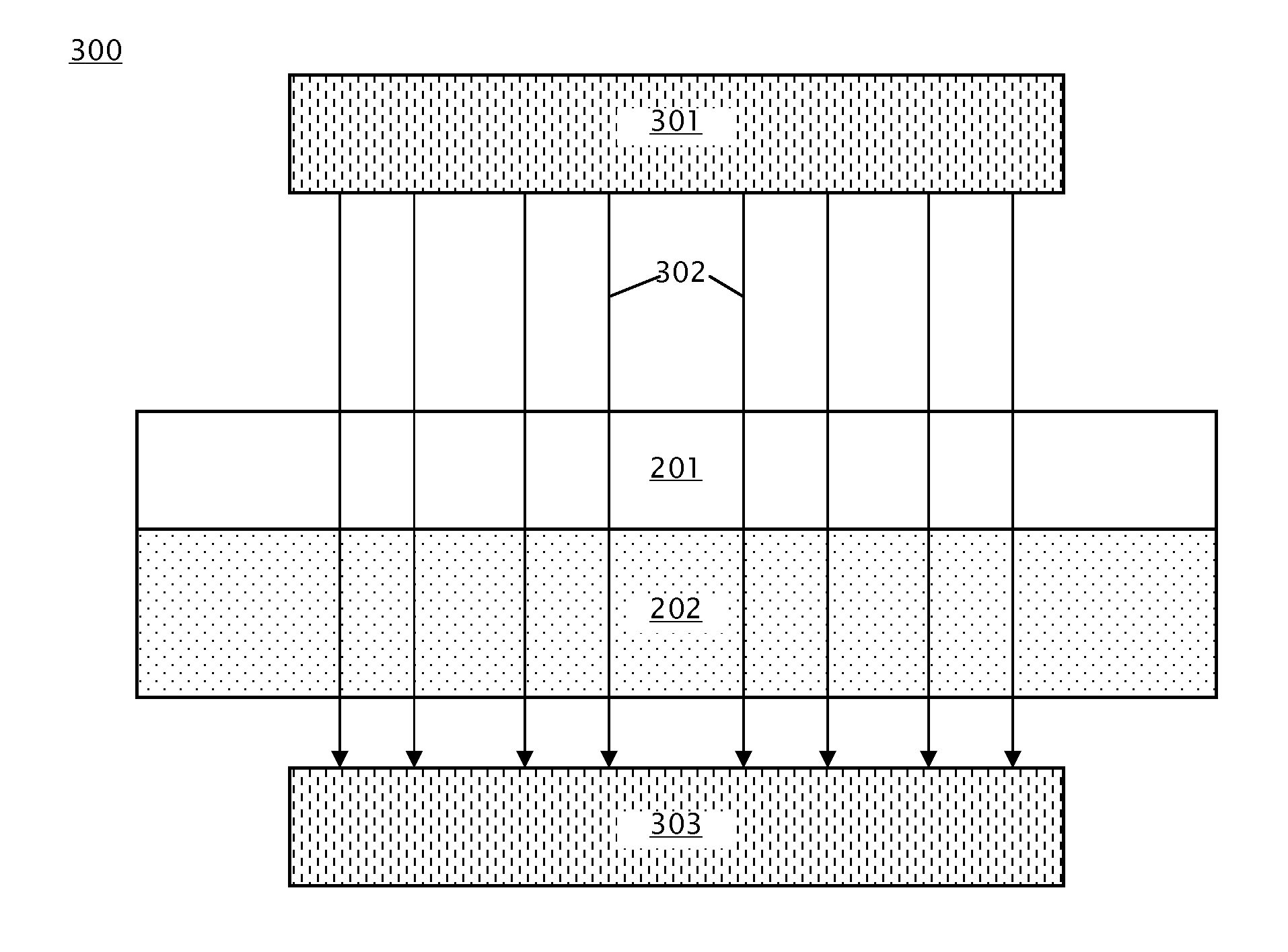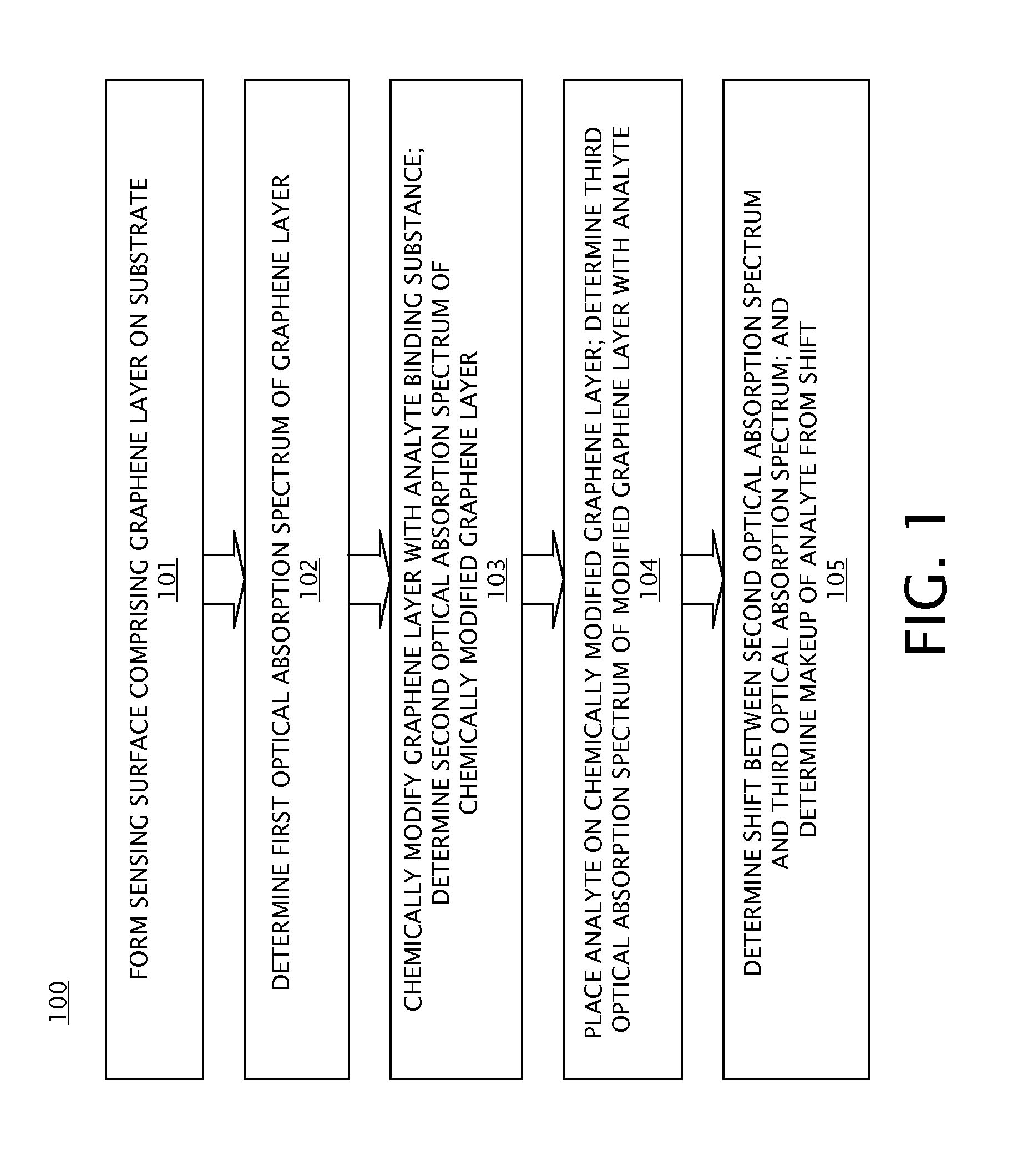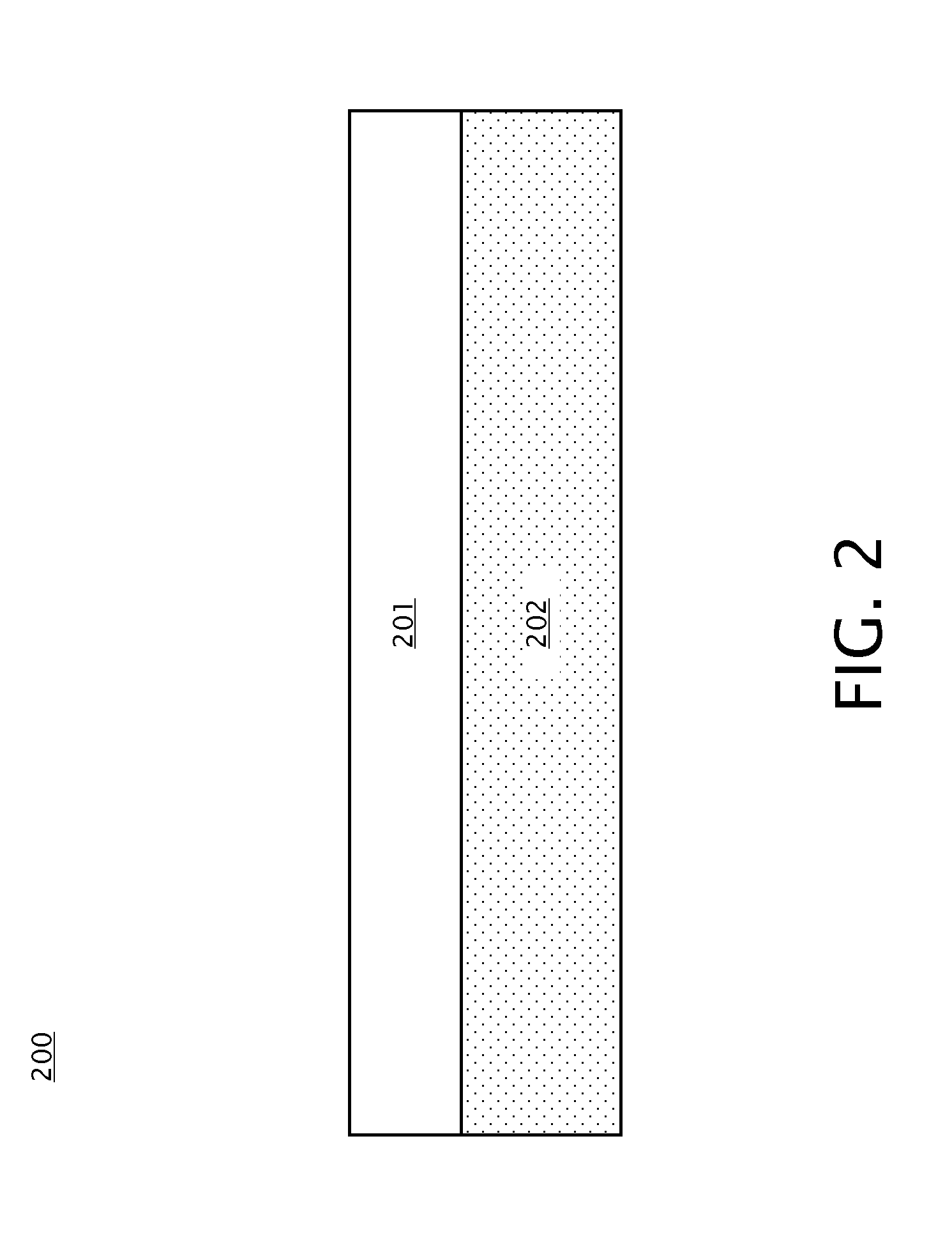Graphene optical sensor
a graphene optical sensor and optical sensor technology, applied in the field of optical sensors, can solve the problems of not having the idealized flat geometry of graphene films, affecting the formation of curved structures such as soot, fullerenes, nanotubes or buckles,
- Summary
- Abstract
- Description
- Claims
- Application Information
AI Technical Summary
Benefits of technology
Problems solved by technology
Method used
Image
Examples
Embodiment Construction
[0017]Embodiments of a graphene optical sensor and methods of using a graphene optical sensor are provided, with exemplary embodiments being discussed below in detail. Operation of an optical sensor may be based on detection of a shift in a peak resonance frequency of surface plasmons (i.e., collective oscillations of electrons) on a sensing surface in the presence of an analyte. Surface plasmons may be excited on a sensing surface, which may include a noble metal such as silver or gold, using polarized light in total internal reflection (TIR) mode. The peak plasmon resonance of the sensing surface may be observed by measuring the optical absorption spectrum of the sensing surface using a spectrophotometer. Graphene is a semi-metal material on which surface plasmons may be excited, and is also transparent. Therefore, an optical sensor that utilizes graphene as the sensing surface may be used in both TIR and transmission mode, unlike an optical sensor that uses a metal for the sensin...
PUM
| Property | Measurement | Unit |
|---|---|---|
| stacking distance | aaaaa | aaaaa |
| peak wavelength | aaaaa | aaaaa |
| optical absorption spectrum | aaaaa | aaaaa |
Abstract
Description
Claims
Application Information
 Login to View More
Login to View More - R&D
- Intellectual Property
- Life Sciences
- Materials
- Tech Scout
- Unparalleled Data Quality
- Higher Quality Content
- 60% Fewer Hallucinations
Browse by: Latest US Patents, China's latest patents, Technical Efficacy Thesaurus, Application Domain, Technology Topic, Popular Technical Reports.
© 2025 PatSnap. All rights reserved.Legal|Privacy policy|Modern Slavery Act Transparency Statement|Sitemap|About US| Contact US: help@patsnap.com



